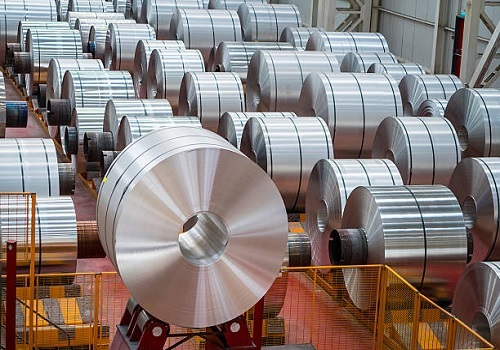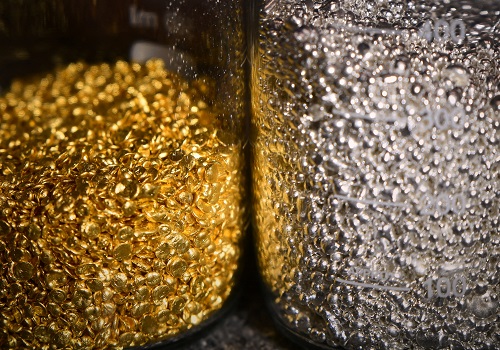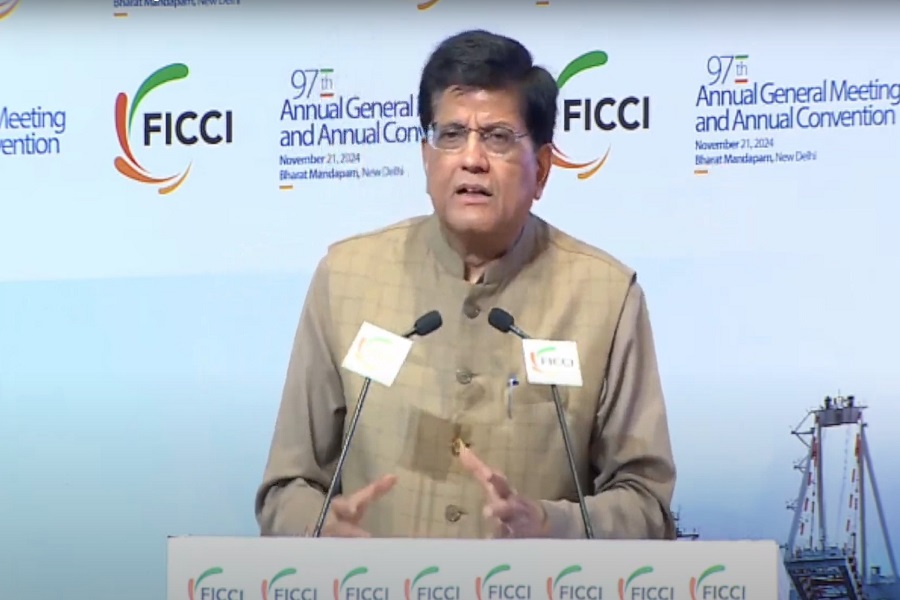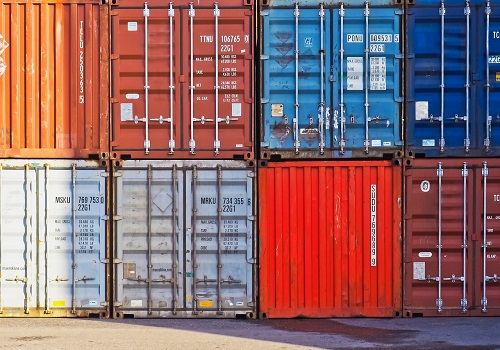Metals & Mining : Steel - margins under pressure by Kotak Institutional Equities

Follow us Now on Telegram ! Get daily 10 - 12 important updates on Business, Finance and Investment. Join our Telegram Channel
Domestic steel prices remain under downward pressure, with prices down 6- 7% in 3QFY24. Higher Chinese export prices have now closed the import parity gap from the peak of 12% in October 2023. Raw material prices, iron ore and coking coal remain elevated on the hope of further stimulus in China and supply disruptions. We expect margins for steel companies to remain stable sequentially in 3QFY24 and under downward pressure in 4QFY24. Maintain BUY on JSPL and SELL on SAIL.
Domestic steel prices—downtrend continues, unlike other regions Domestic HRC/rebar prices have declined 7%/6%, whereas Chinese export offers have increased 4.5% in 3QFY24. Domestic prices are now at import parity level versus a peak of 12-13% premium to import parity in October 2023. Domestic steel demand remains robust at +16%/15% in November 2023/8MFY24. In India, high inventory at mills and distribution channels is exerting downward pressure on prices. Higher imports and weaker exports in November 2023 also contributed to inventory pressure. Import bookings have slowed, but prior bookings suggest that the inflow will remain elevated until January 2024. This should keep domestic prices under pressure, despite robust domestic demand.
Raw materials: Both iron ore and coking remain elevated Seaborne iron ore price is hovering in the US$130-135/ton range, 14% in 3QFY24, led by (1) expectation of further stimulus in China, despite weak demand and (2) lower production guidance by Vale for 2024, suggesting supplies may remain tight. NMDC has raised prices by 4.5% in 3QFY24 and given the discount to export parity prices, we see a further upside risk. Coking coal prices have remained elevated in the range of US$300-350/ton during 3QFY24; we expect prices to remain elevated in the near term, driven by weather/labor strike-led supply disruptions in Australia and low inventory levels at Indian steel mills. Higher coking coal prices should hit Indian steel companies from December 2023, mainly in 4QFY24.
Steel spreads to remain muted in 3QFY24 and under pressure in 4QFY24 Down trending steel prices during 3QFY24 suggest stable to marginally higher steel prices in 3QFY24 sequentially. Cost of raw materials involved in steel production, i.e., both iron ore and coking coal, would increase sequentially in 3QFY24, keeping margins flat qoq. With lower exit prices in 3QFY24 and higher raw material prices factoring in the inventory lag, spreads in 4QFY24 would be under downward pressure. Higher exports to the EU and strong domestic demand should keep volumes strong; however, weaker steel spreads would remain an overhang in the near term.
Prefer ferrous over base metals; BUY JSP, NMDC and TATA; SELL SAIL We find better risk-reward in ferrous stocks (steel, iron ore) over base metals (aluminum, zinc producers) due to a better growth outlook and upside to margins, given negative spreads in China. BUY JSP, TATA and NMDC; SELL SAIL.



















